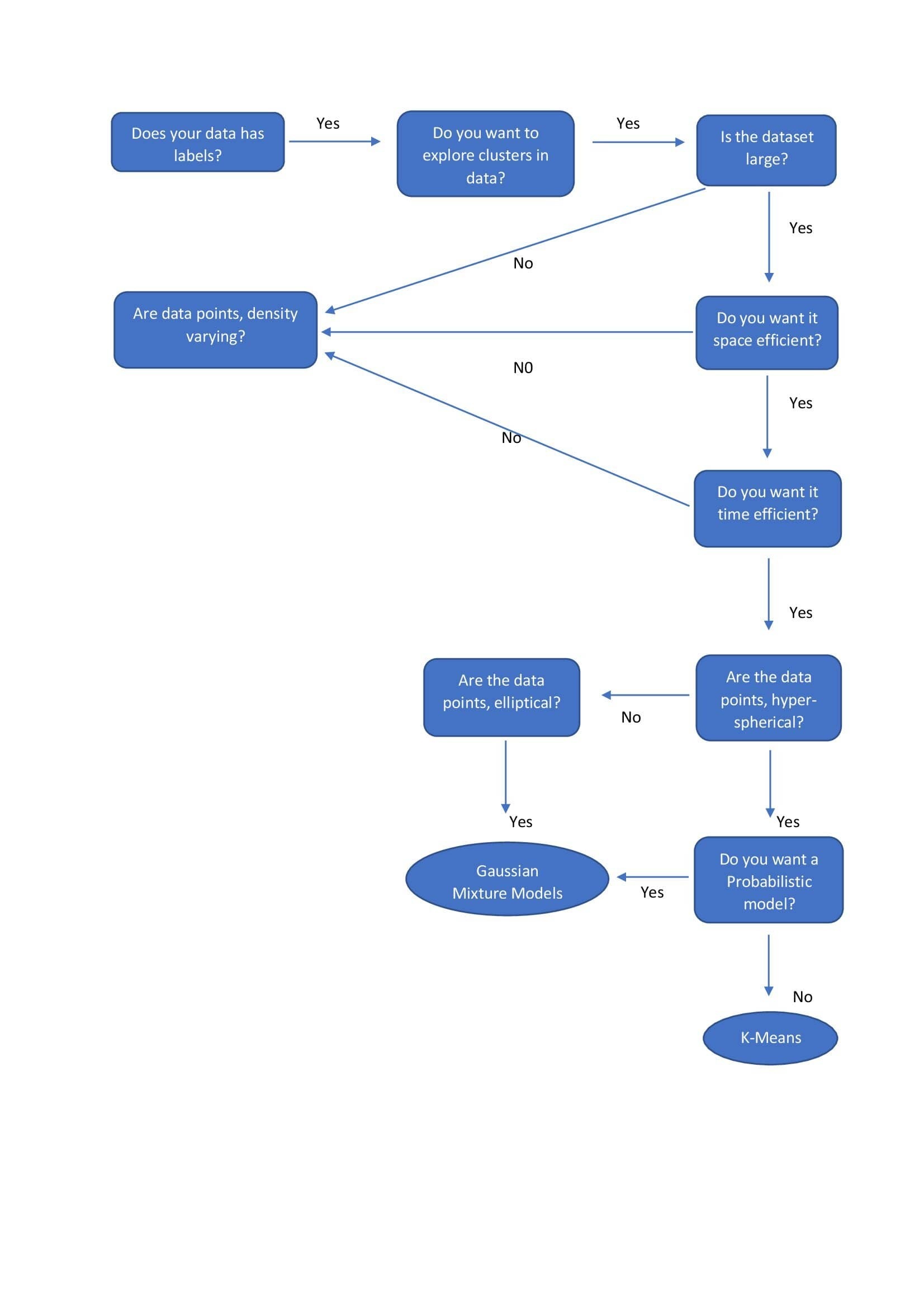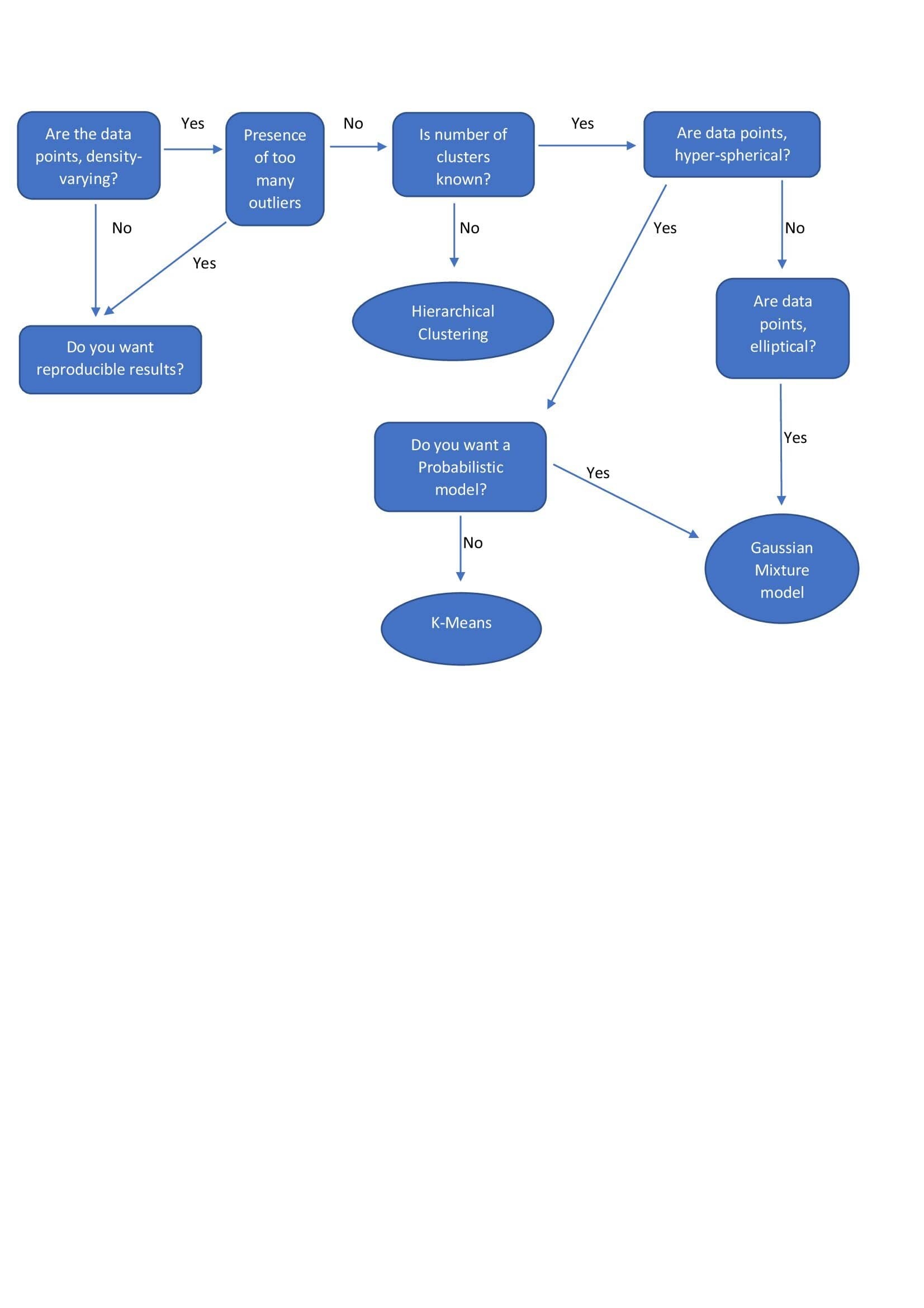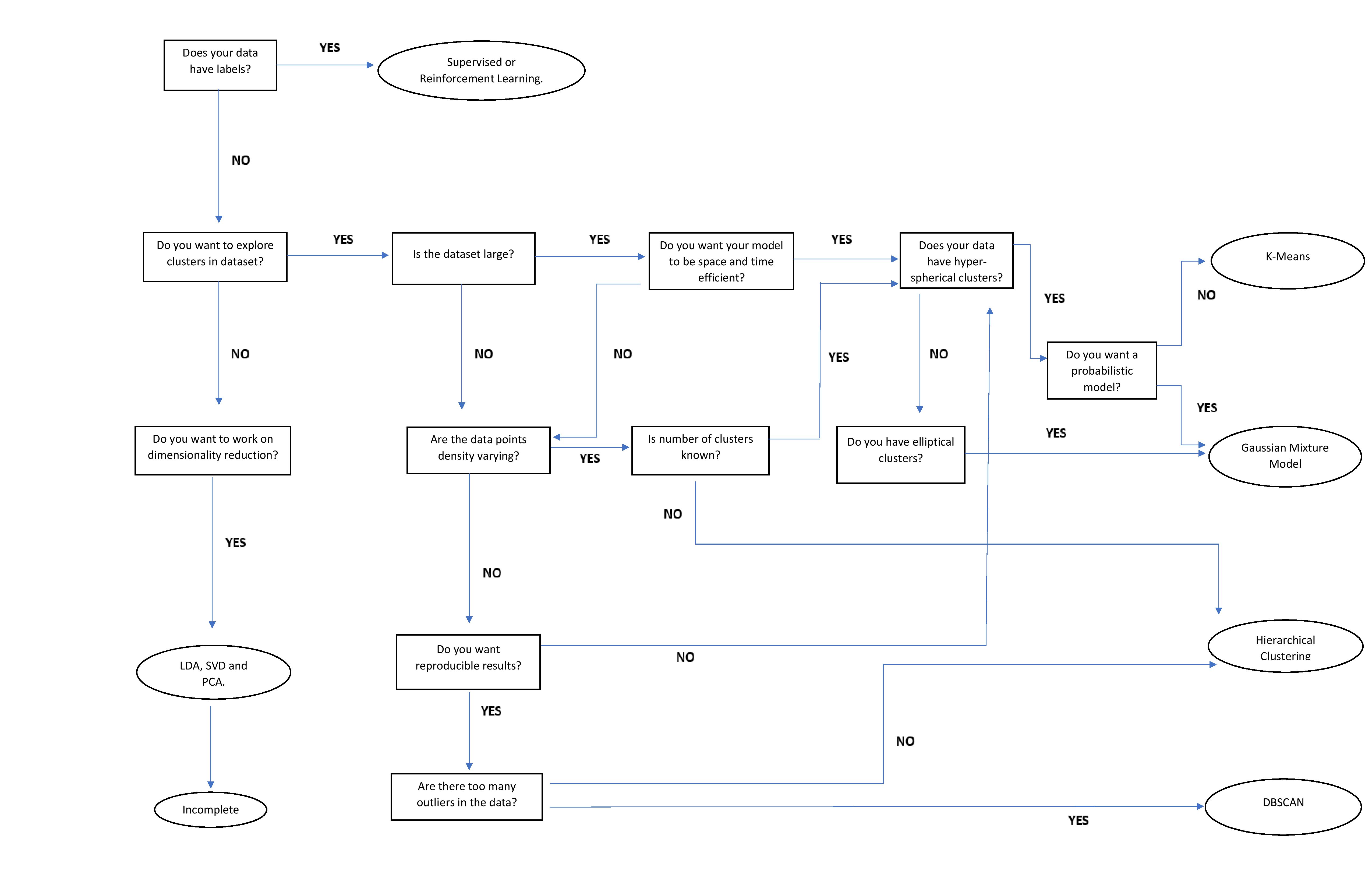| Name | Comments on Applicability | Reference |
|---|
| LOGISTIC REGRESSION | - Logistic regression is kind of like linear regression, but is used when the dependent variable is not a number but something else (e.g., a "yes/no" response).
- It's called regression but performs classification based on the regression and it classifies the dependent variable into either of the classes.
- is used for prediction of output which is binary
- Logistic function is applied to the regression to get the probabilities of it belonging in either class.
|
|
KNN | - it is used to identify the data points that are separated into several classes to predict the classification of a new sample point.
- It classifies new cases based on a similarity measure (i.e., distance functions).
- K-NN works well with a small number of input variables (p), but struggles when the number of inputs is very large.
|
|
| SUPPORT VECTOR MACHINE | - Support vector is used for both regression and classification.
- It is based on the concept of decision planes that define decision boundaries. A decision plane (hyperplane) is one that separates between a set of objects having different class memberships.
- The learning of the hyperplane in SVM is done by transforming the problem using some linear algebra
|
|
| Kernel SVM | - it takes in a kernel function in the SVM algorithm and transforms it into the required form that maps data on a higher dimension which is separable.
- Kernel trick uses the kernel function to transform data into a higher dimensional feature space and makes it possible to perform the linear separation for classification.
|
|
| RBF Kernel | - The RBF kernel SVM decision region is actually also a linear decision region.
So, the rule thumb is: use linear SVMs for linear problems, and nonlinear kernels such as the RBF kernel for non-linear problems. |
|
| NAIVE BAYES | - The naive Bayes classifier is based on Bayes’ theorem with the independence assumptions between predictors (i.e., it assumes the presence of a feature in a class is unrelated to any other feature). Even if these features depend on each other, or upon the existence of the other features, all of these properties independently. Thus, the name naive Bayes.
- Based on naive Bayes, Gaussian naive Bayes is used for classification based on the binomial (normal) distribution of data.
- naive Bayes model is easy to build, with no complicated iterative parameter estimation, which makes it particularly useful for very large datasets.
|
|
| DECISION TREE CLASSIFICATION | - It breaks down a dataset into smaller and smaller subsets while at the same time an associated decision tree is incrementally developed.
- Entropy and information gain are used to construct a decision tree.
- The disadvantage of a decision tree model is overfitting, as it tries to fit the model by going deeper in the training set and thereby reducing test accuracy.
|
|
| RANDOM FOREST CLASSIFICATION | - Random forest classifier is an ensemble algorithm based on bagging i.e bootstrap aggregation.
- Ensemble methods combines more than one algorithm of the same or different kind for classifying objects (i.e., an ensemble of SVM, naive Bayes or decision trees)
- The general idea is that a combination of learning models increases the overall result selected.
- random forests prevent overfitting by creating trees on random subsets.
- The main reason is that it takes the average of all the predictions, which cancels out the biases.
|
|
| GRADIENT BOOSTING CLASSIFICATION | - Boosting is a way to combine (ensemble) weak learners, primarily to reduce prediction bias. Instead of creating a pool of predictors, as in bagging, boosting produces a cascade of them, where each output is the input for the following learner.
Gradient boosting takes a sequential approach to obtaining predictions instead of parallelizing the tree building process. In gradient boosting, each decision tree predicts the error of the previous decision tree — thereby boosting (improving) the error (gradient).
|
|


